Selected Excerpts
Excerpts selected from "The Buddha from Babylon" © Harvey Kraft, 2014. All rights reserved worldwide.
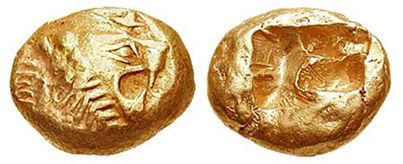
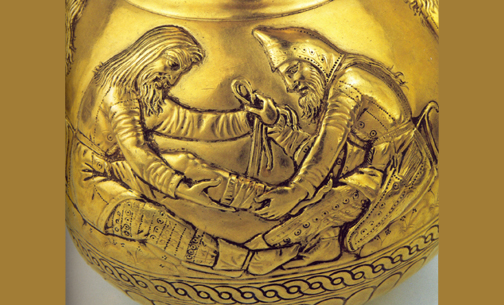


The Buddha’s visionary ability harkens back to ancient shamanic practitioners, especially the Arya sages, seers united in the tradition of the Lion-Sun Fellowship. The lion (Skt. Arya; Heb. Arye) was regarded as the majestic guardian of the Heaven-Earth passage, and the Sun was the source and keeper of transcendent wisdom. Arya seers advocated the power to open the heavens with their cosmic roar. Their visions would illuminate the divine domain and their mythic stories were used to describe the worlds beyond.
Heritage of the Lion-Sun Seers (page 104)
To honor the ancient legacy of the Lion-Sun tradition, Lydia (Turkey), a rich trading kingdom on the eastern coast of the Aegean, produced the first-known coin in history featuring the stamped image of a roaring lion head with a sunburst emanating from his forehead. The coin’s image ordered by Lydia’s King Alyattes (610–550 BCE), the model for the legendary Midis, a king with a golden touch, lauded the power of the visionary seer to emit from his mind a spotlight on Universal Truth. As a Black Sea nation, Lydia celebrated the region’s history as the origination point of the Arya traditions, and simultaneously it heralded the prediction in its day that a messianic Lion-Sun figure was coming soon, the One-Who-Comes to Declare the Truth.
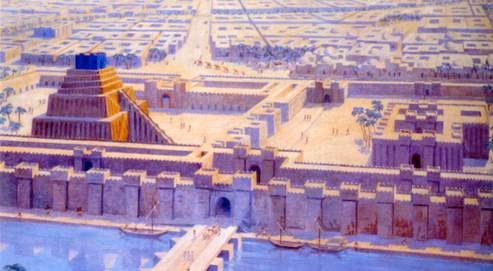
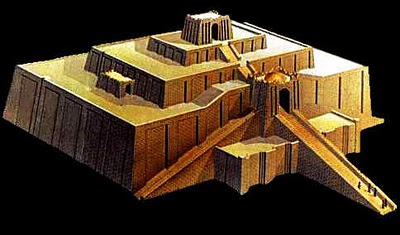
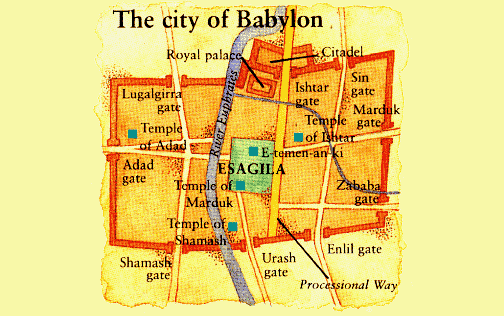
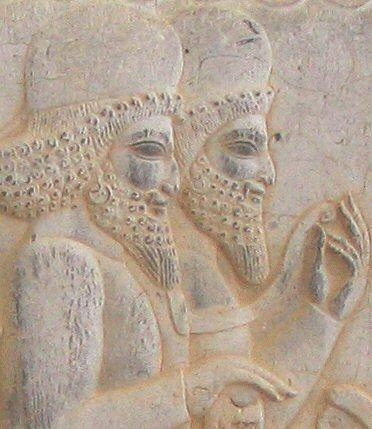
This is the first biography of Siddhartha Gautama to reveal that prior to becoming the Buddha, he had an important career in Babylon. It paints the story of a young prodigy who grew up in the Arya tradition of the Lion-Sun shaman. In due course, he headed for Babylon where his wisdom, princely demeanor, and divination skills earned him the position of Chief Magus of the Magi Order headquartered at the Esagila Ziggurat Temple complex.
The Ziggurat at Esagila
Visitors entering the Marduk temple walked into a large oblong court overlooking a fountain pond whose pure water symbolized the Abzu, the primordial Water Dragon-God tamed by Enki in the Sumerian creation story. A smaller court ahead hosted a shrine housing an nner sanctum displaying the statues of Marduk and his female consort
(Sarpanit), and featuring the god’s reclining couch and throne. Smaller
temples on the grounds contained various idols or relics from conquered territories now part of the new Babylonian Empire.
The jewel of the Esagila complex was its Watchtower, the Etemenanki Ziggurat (“The Anchor of Heaven on Earth”). Its name heralded it as the visionary axis for channeling between Heaven and Earth. The tower climbed one hundred yards high. One could enter it through any of six bronze gates located around its four hundred-square yard base aligned with the four cardinal points. Above this platform arose seven stepped tiers (tupukati) with sloped facings—each representing a gateway to one of seven Heavens.
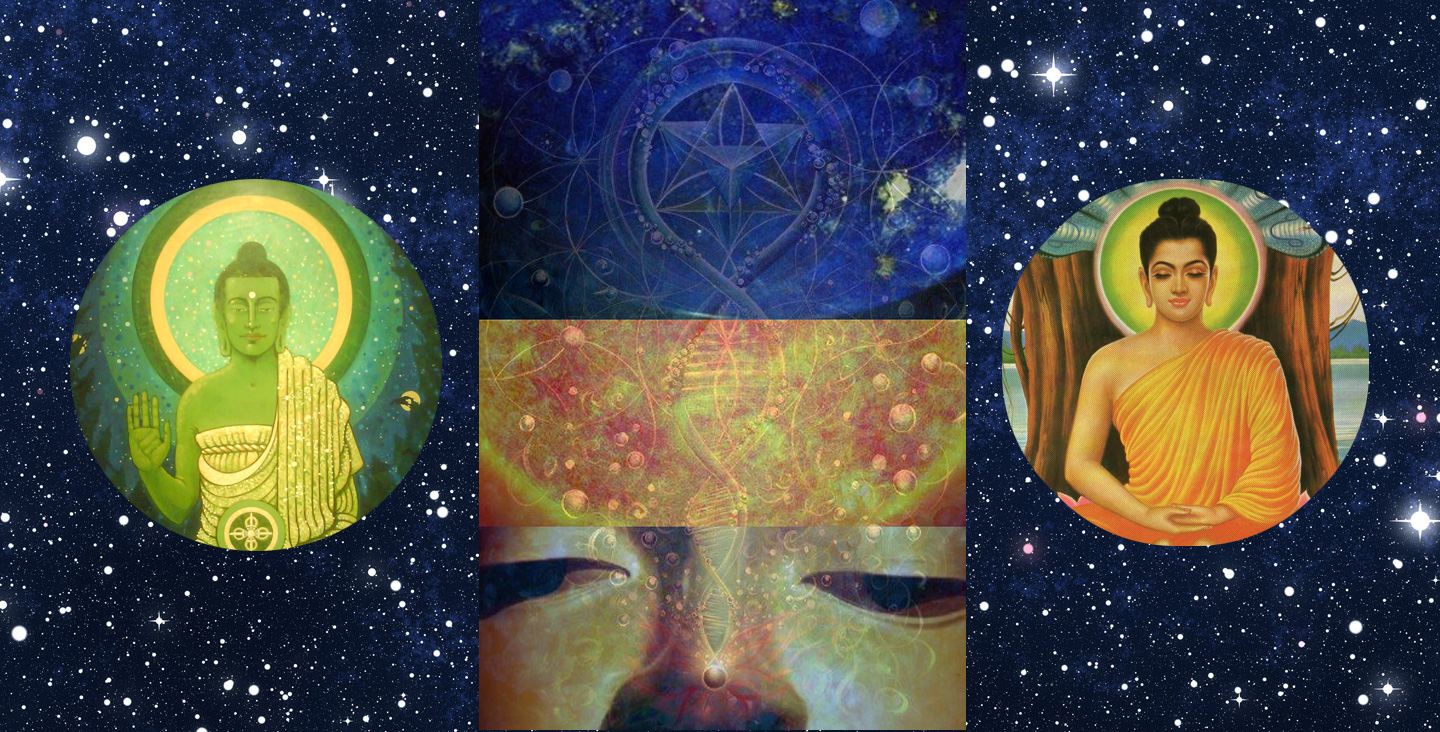
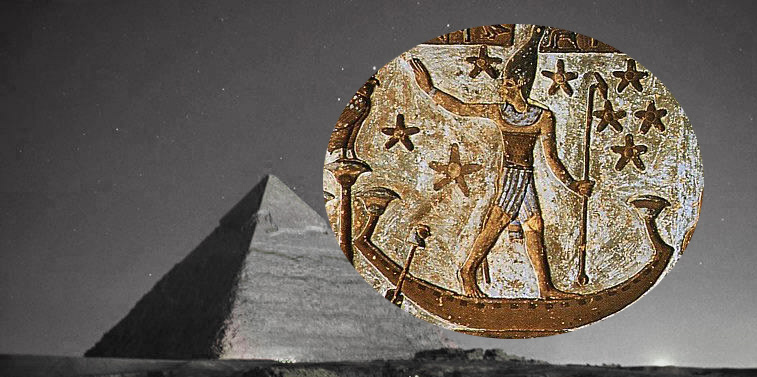
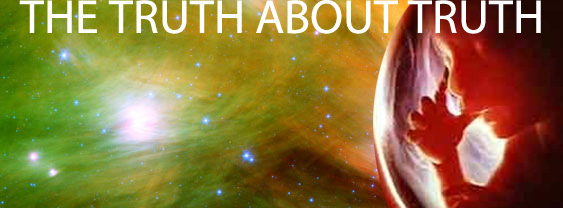
Based on the theme that the mind and the cosmos were connected, he shared with disciples his access to the ultimate picture of time-space, scale, and dimension. His visions were the culmination of trance explorations dating back to the first shamans to walk out of Africa and the great celestial seers across the ages from Mesopotamia and Egypt to Central Asia and India. Siddhartha Gautama, a master seer of the profound and virtuoso of the colorful mythic language of those great cultures, also conveyed his views using symbolism and metaphor.
Cosmic Buddhism: A Revelation of Existence as an Interactive, Universal System
The Buddha envisioned the Universal-Mind as a cosmic super-system
that permeated and encompassed everything. Everything in it was dynamic, transient, and cyclical. Therefore, the present large-scale Universe of Form was temporary and all subjects and objects in it were relative and mortal. But, from another perspective, the Universe was also made of Formlessness, and as such, was a holographic projection without substance at its core. In addition, the Universe of Existence was able to operate and change its attributes, because of the Field of Desire, the source triggering the manifestation of all things.
Using his Universal-Mind to identify the Threefold Field was an accomplishment of such profound meaning that only a Perfectly Enlightened being could fathom it. Nevertheless, the Buddha declared that those who would choose to follow his Teachings in due course would accomplish a state-of-being equal to his own.
To that end he went on to reveal the full spectrum of Buddhist Cosmology using mythic language. As his Teachings unfolded over decades he unveiled the scope, nature, and essence of existence organized here into a four-fold cosmographic system composed of:
- The Universe of Infinite Wisdom (Flower Garland Sutra)
- The Golden Mountain World System (Samsara)
- The Cosmos of Relativity (The Large Sutra on
Perfecting Wisdom) - The Perfectly Endowed Reality of the Lotus Cosmology (Lotus Sutra)
